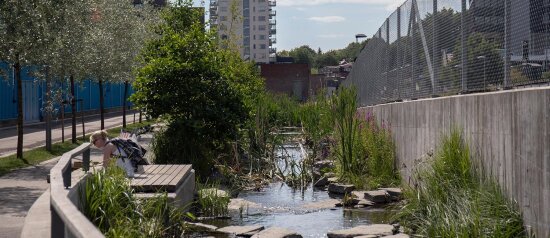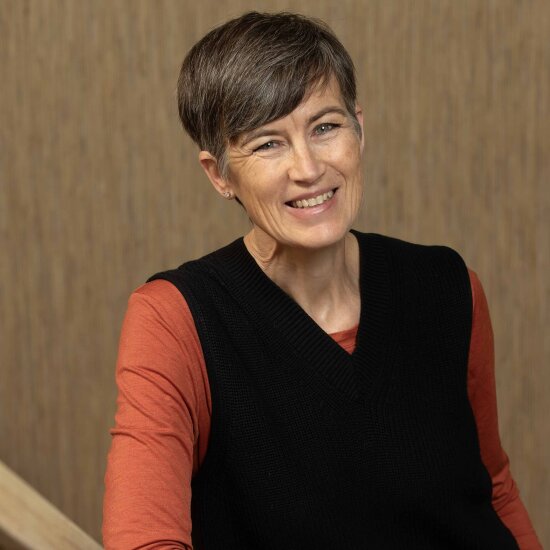According to the council, being the European Green Capital is an opportunity to showcase Oslo as a truly green city both to an international audience and to Oslo’s population. During the year the city will spread knowledge, inspire and mobilise its citizens through more than 350 events - to amp up the volume and achieve more results, faster.
Another important task is to be a role model for other cities. Oslo is small enough to test new solutions but also big enough for solutions to be scaled up to larger cities. The city’s goal is to reduce greenhouse gas emissions by 95% by 2030 (compared to 1990 levels). A lotof work is already being done, which is some of the reasons why Oslo was chosen.
Green mobility
Electric mobility has been important in Oslo since the tram became electric in 1894 and the introduction of the subway in 1966. By 2020, the ambitions are that public transport in Oslo will only use renewable energy, most of it electric, including the ferries to the islands in the Oslo fjord.
18 % of all privately own cars in Oslo are electric or hybrid, according to numbers from the first quarter of 2019. This reduces not only emissions but also the noise, making room forthe natural sound of the city or quiet spaces. Owning an electric car means that you can park for free, drive in bus lanes and pay reduced road tolls. Taking this even further, Oslo is working towards a car-free city centre, promoting a safer, healthier and more vibrant life onthe streets. Oslo City Bike, an integrated bike sharing system, promotes health and eases pressure on public transport and electric scooters can be hired with a mobile app. Oslo isalso experimenting with driverless buses, removing on-street parking and narrowing car lanes to build new bicycle paths and prioritise pedestrians.
This makes Oslo the world's electric car capital, but it is also becoming one of the world's most important cities to try out electrical solutions in several different sectors, including in public transport, in ports and at sea, and in the construction industry.


Protecting natural diversity
Over the past 10 years, over 3000 meters of waterways have been reopened in Oslo, and the fjord has been cleaned up making swimming safe all year round. Oslo also has more plant and animal species than any other municipalities in Norway due to years of protective urban development. Through an extensive recycling system, Oslo has succeeded in making waste into resources, enabling that new products can be made from plastic waste, biogas and bio fertiliser from food waste while other waste becomes new energy, heating homes or public spaces.
To reach its goal of reducing emissions, the City Government will continue its work to create additional green public spaces, improve air quality, increase the number of cycle routes, make public transport even better as well as enabling urban food production and the provision of allotments for the enjoyment of the city’s population.
Read more about The City of Oslo's best green practices:
- Air quality in Oslo
- Car-free city life
- Carbon capture and storage at incineration plant
- Circular economy and waste management
- Oslo’s climate strategy and climate budget
- Protection of the Oslo Marka forest
- Public transport
- Reopening waterways
You can also read more about Oslo's climate goals in the Climate budget and check outwww.greencapital2019.com



